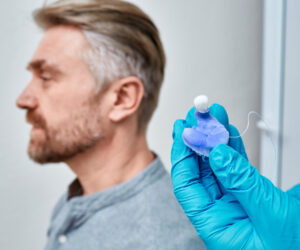
Ear Impressions: Everything You Need to Know
As a healthcare professional, have you ever considered the impact that being able to take ear impressions could have on your practice? Whether you’re an
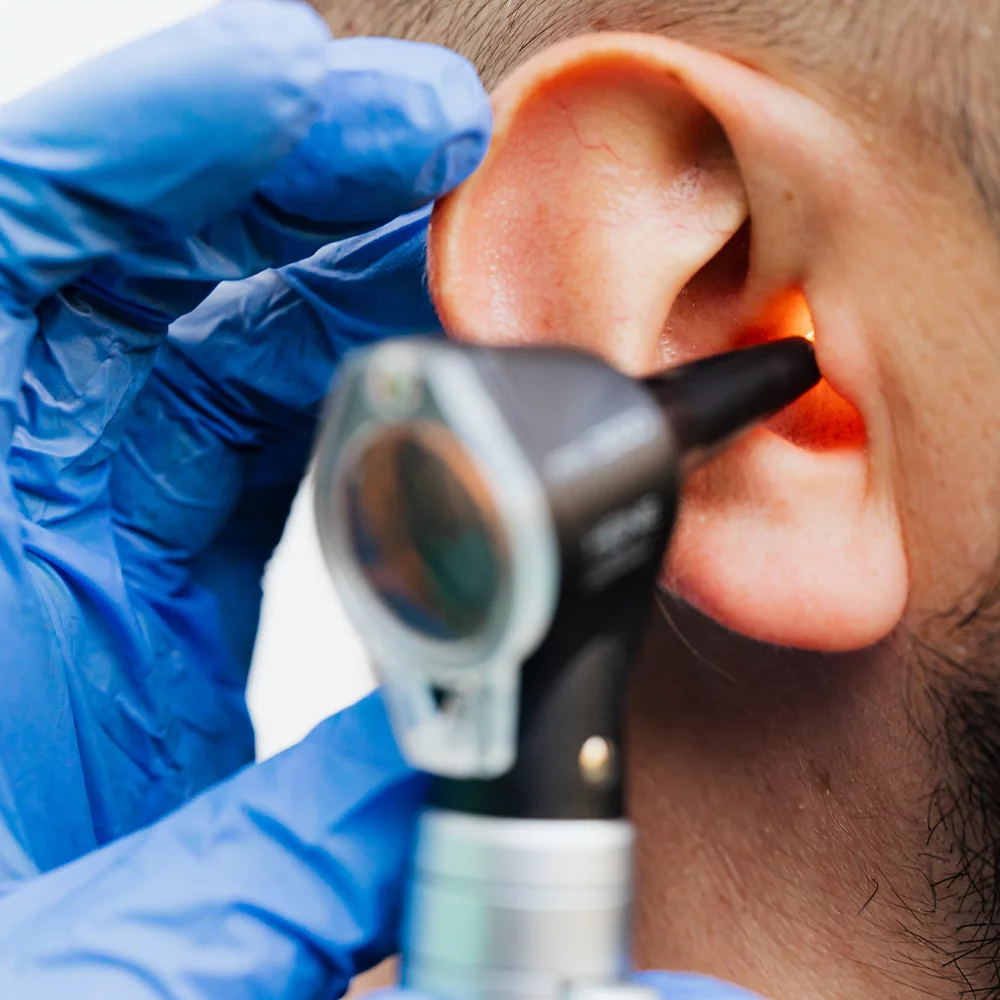
There are four commonly used professional methods of earwax removal: manual removal, water irrigation, microsuction, and endoscopic microsuction. Which method is suitable for which patient depends on their medical history and type of earwax blockage.
Manual removal of earwax utilises specialised tools to physically remove the blockage from the ear canal. It is usually performed using a loupe (small magnifying glass), a Jobson Horne (miniature scoop) and/or fine callipers. It is especially helpful if the blockage is too sturdy or deep and other methods are unable to remove the wax.
This method is often used together with other, more advanced techniques. For example, if water irrigation is being performed on the patient, a Jobson Horne could be used to remove any earwax the water is unable to flush out.
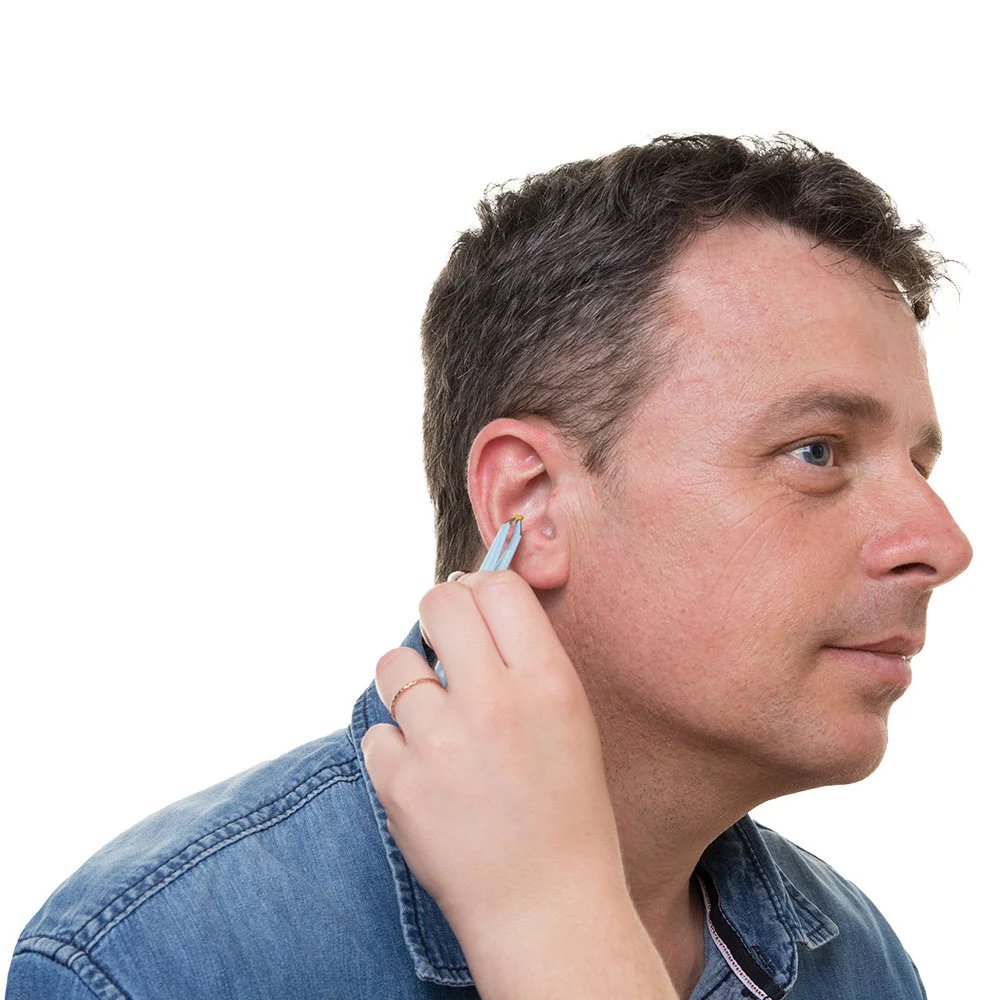
Manual removal is the preferred method of earwax removal for patients whose ear canal is narrow, whose eardrum has a perforation or a tube, when other methods have been ineffective, or if the patient has diabetes or a weakened immune system. It is also suitable for those suffering from tinnitus as the procedure doesn’t involve any noise.
Microsuction is one of the most commonly used earwax removal techniques and involves the insertion of a slim nozzle into the ear canal to siphon out the blockage using a miniature vacuum. Once the wax is dislodged, the earwax removal specialist removes it by either using the suction unit itself, a pair of forceps, or a Jobson Horne.
Microsuction is perfect for individuals who have a history of ear surgery, an outer ear infection, a mastoid cavity, or a ruptured eardrum since it’s quick, precise, and doesn’t involve any moisture. Since no water is flushed into the ear when performing microsuction, this method also minimises the risk of an infection occurring.

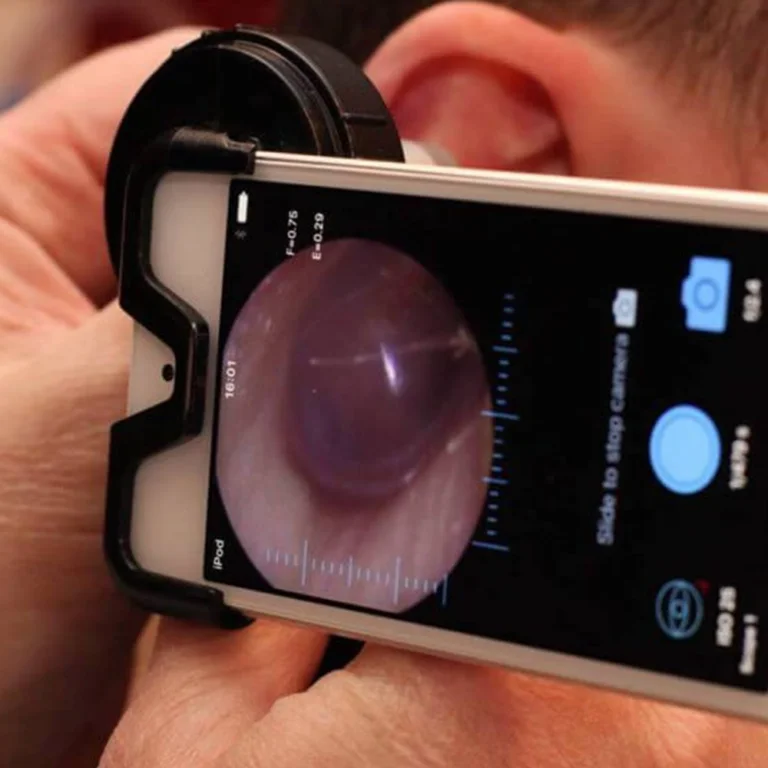
Just like microsuction, endoscopic microsuction utilises a small vacuum unit, but with this method a specialist endoscope is used to observe the ear canal while the procedure is being carried out.
The battery inside its barrel produces a bright light, allowing for a clear and detailed view of the ear canal and eardrum. This makes the method both easier to complete and safer for the patient as it provides the professional performing it with an excellent field of vision at all times.
Just like regular microsuction, this method does not involve the usage of any moisture, making it suitable for patients suffering from conditions which are incompatible with other earwax removal methods.
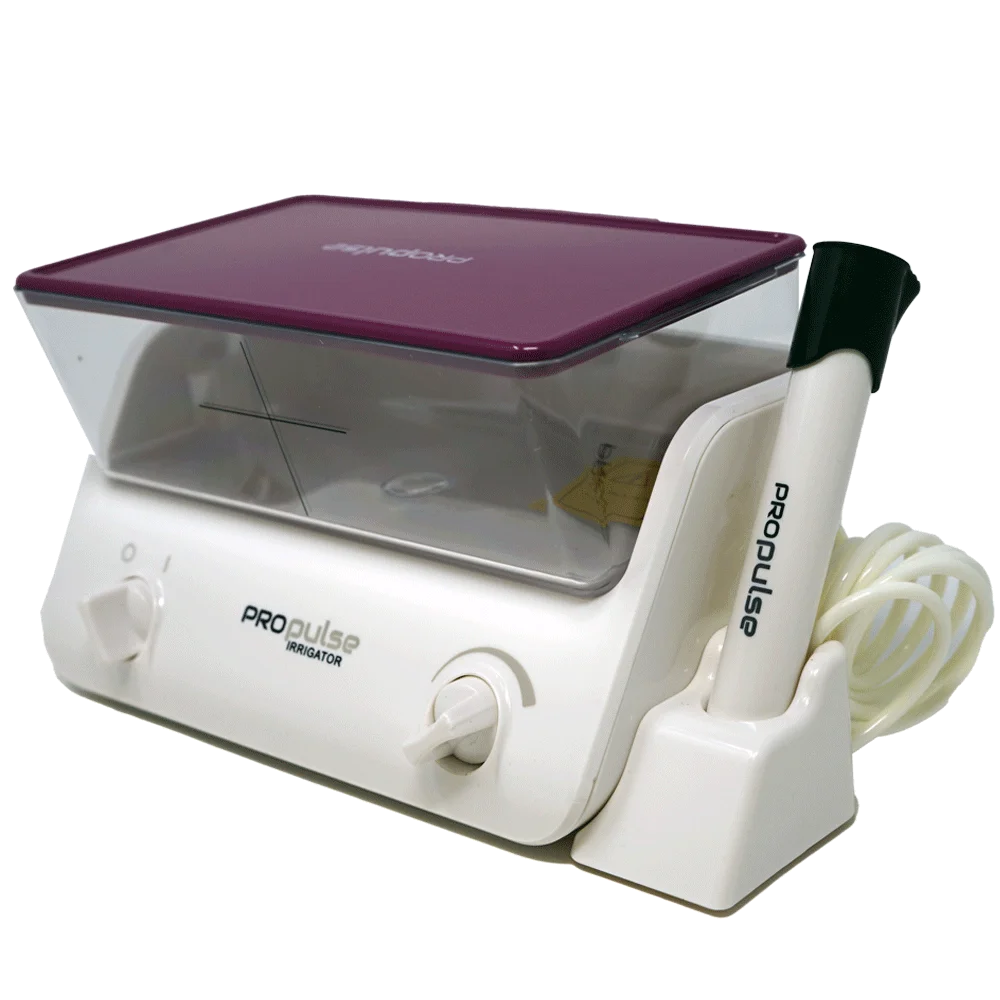
Water irrigation is essentially an upgraded, safer version of a now outdated earwax removal method called ear syringing. Both procedures involve a flow of water being used to flush out the wax out of the ear canal, but water irrigation uses a specialised electronic tool called an ear irrigator which helps control and maintain the flow and temperature of the water.
The irrigation solution is warmed up to body temperature to make the process as comfortable as possible for the patient. The earwax removal specialist then places it into the ear irrigator’s reservoir and uses the device’s hand-held nozzle to gently spray the solution into the ear at a controlled, steady rate. This flushes out the earwax blockage which is then captured in a special container held under the patient’s ear.
Water irrigation is especially safe and discomfort-free due to the precision of the ear irrigator allowing the water to be directed towards the wall of the ear, avoiding the eardrum. The solution helps wash the ear completely clean, and the method is actually found to be quite relaxing by many people.
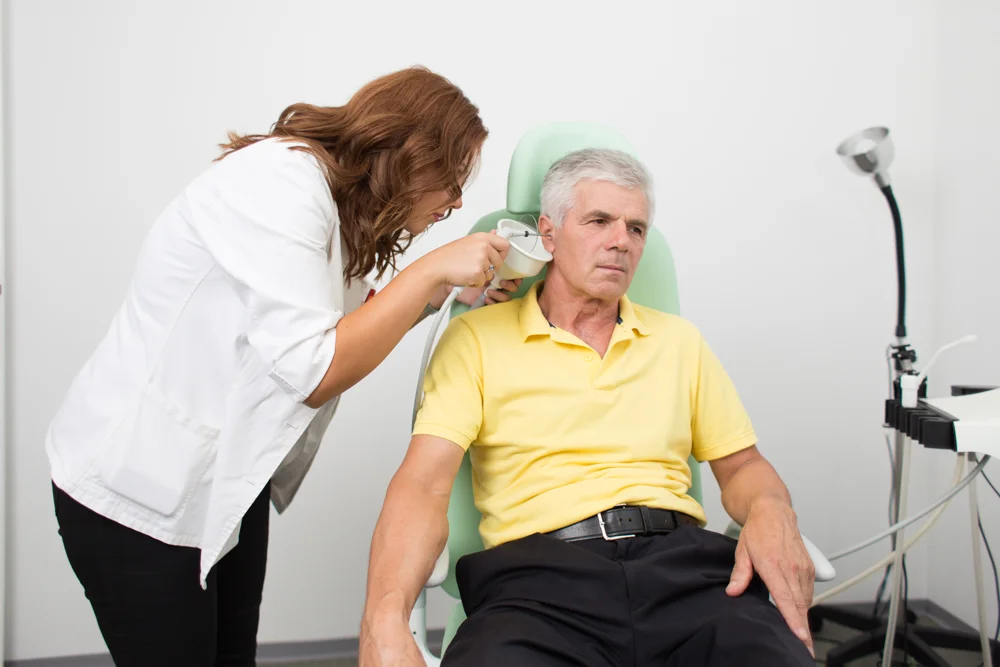
There you have it: the four most commonly used methods of earwax removal! Of course, the descriptions above only outline the basics of each procedure. If you are a healthcare professional who would like to gain the skillset required to perform the different methods of earwax removal, why not look into our Health Professional Earwax Removal Training Course? It not only provides theory-based training, but also field practice on real-life patients to ensure you feel as confident and capable as possible in your practice after completion of the course. You can secure your place by clicking here!

As a healthcare professional, have you ever considered the impact that being able to take ear impressions could have on your practice? Whether you’re an

We are excited to announce a significant change at the Healthcare Professional Institute (HCPI). Formerly known as Meduc8ion, we have changed our name to better